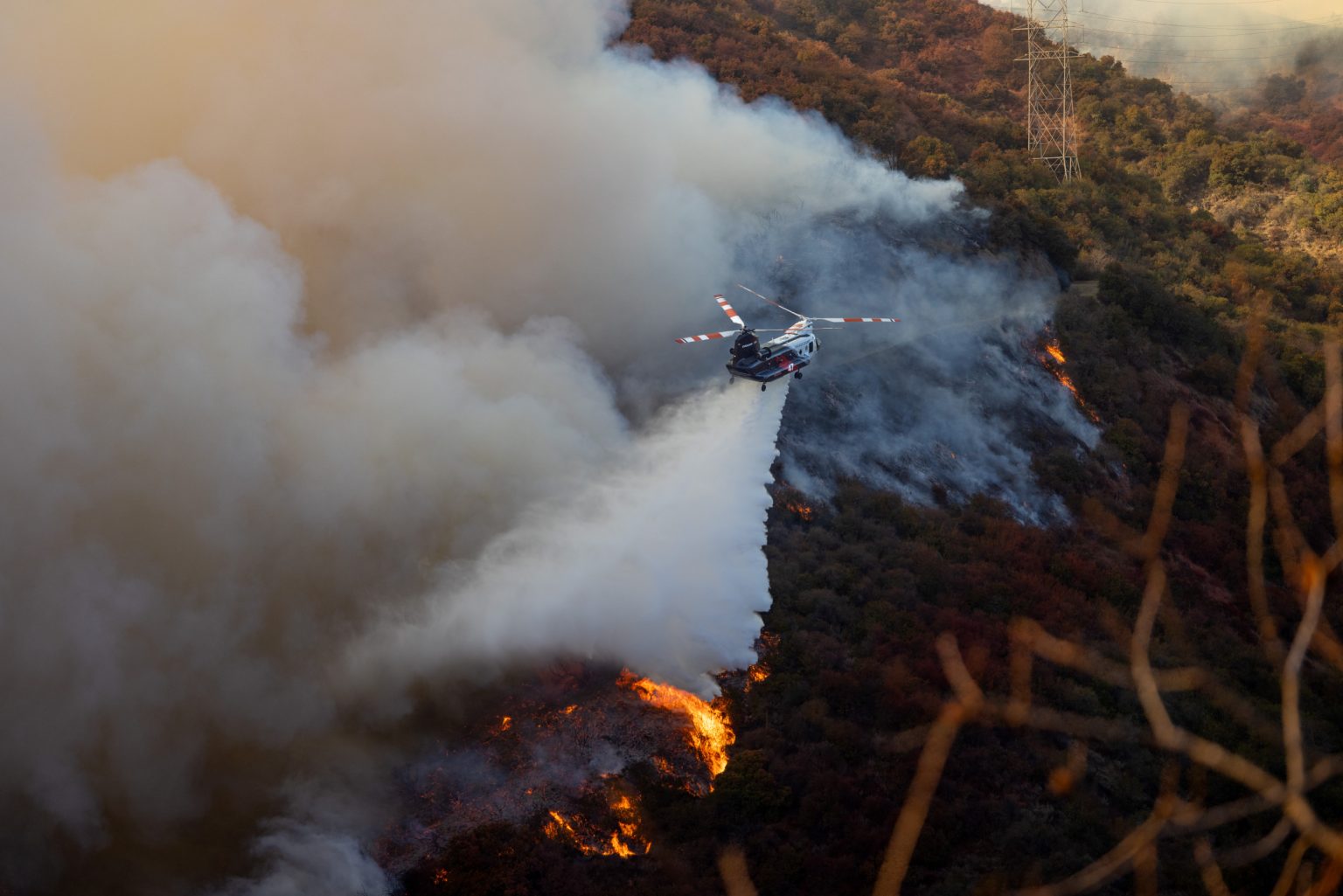The Los Angeles County Fire Department, along with residents, remains on high alert as Southern California braces for another period of extreme fire danger. The National Weather Service (NWS) has issued a “particularly dangerous situation” red flag warning, highlighting the imminent threat of rapidly spreading wildfires due to predicted high winds. This warning, initially anticipated to begin later in the day, was moved up to 3 a.m. Wednesday, underscoring the urgency of the situation and raising concerns among fire officials and residents alike. The projected wind gusts, potentially reaching up to 70 mph in the mountains and 50 mph in coastal and valley regions, create ideal conditions for explosive fire growth, especially given the already dry and volatile landscape left in the wake of recent devastating wildfires. The memories of last week’s concurrent blazes, notably the Palisades and Eaton fires, loom large, emphasizing the destructive potential of such conditions.
The heightened risk posed by these extreme winds is compounded by the existing vulnerability of the region. The Palisades and Eaton fires, still under investigation by the Bureau of Alcohol, Tobacco and Firearms, have already consumed vast tracts of land, leaving behind extensive damage and contributing to hazardous air quality. The Palisades fire alone has scorched over 23,000 acres, while the Eaton fire has burned through over 14,000 acres. These fires not only present an immediate threat but also contribute to longer-term environmental and health concerns due to the smoke and particulate matter released into the atmosphere. The impending wind event threatens to reignite existing hotspots or spark new fires, potentially leading to another round of widespread destruction and displacement.
Fire officials are acutely aware of the precarious situation and the challenges they face. Los Angeles County Fire Department Chief Anthony Marrone expressed concern about the upgraded red flag warning and the potential for rapid fire spread. He acknowledged the inherent dangers of firefighting, particularly under such extreme conditions, and emphasized the importance of vigilance and preparedness. While resources are in place, the unpredictable nature of wildfires, especially when fueled by strong winds, necessitates a high degree of caution and readiness. The updated warning, shifting the period of highest risk to the overnight and early morning hours, adds another layer of complexity to the situation.
The impact of these fires goes beyond the immediate danger of flames. Air quality is a significant concern for residents in affected areas, with smoke and particulate matter posing health risks, especially for vulnerable populations. The cumulative effects of multiple fires, combined with the anticipated wind event, threaten to exacerbate air quality issues and prolong the health risks. Furthermore, the widespread destruction caused by the fires has significant economic and social consequences, impacting communities, businesses, and individual lives. The long process of recovery and rebuilding adds another dimension to the challenges faced by the region.
Government officials at various levels have taken action to address the ongoing crisis and mitigate its impact. California Governor Gavin Newsom issued an executive order aimed at protecting property owners in fire-affected areas from predatory practices, such as unsolicited low-ball offers for their damaged properties. This order provides a temporary reprieve for residents grappling with the aftermath of the fires and attempting to navigate the complex process of rebuilding. Los Angeles Mayor Karen Bass also issued an executive order streamlining debris removal, permitting processes, and housing initiatives to expedite recovery efforts and provide support for displaced residents. These measures demonstrate the commitment of local and state authorities to address the immediate needs of affected communities and facilitate the long-term recovery process.
The collaborative efforts between local, state, and federal agencies are crucial in responding to these large-scale disasters. The federal government is working with California to deploy debris removal teams to affected areas as soon as it is safe to do so. This coordinated approach is essential for effective disaster response and recovery, ensuring resources are allocated efficiently and that communities receive the necessary support. The ongoing situation in Southern California highlights the increasing challenges posed by wildfires, particularly in the context of climate change and its impact on weather patterns. The combination of prolonged drought, dry vegetation, and extreme wind events creates a volatile environment prone to rapid fire spread and widespread destruction. As these conditions become more frequent and intense, proactive measures in fire prevention, preparedness, and community resilience become increasingly crucial.

